Home>Gardening & Outdoor>Landscaping Ideas>How To Landscape Yard Without Grass
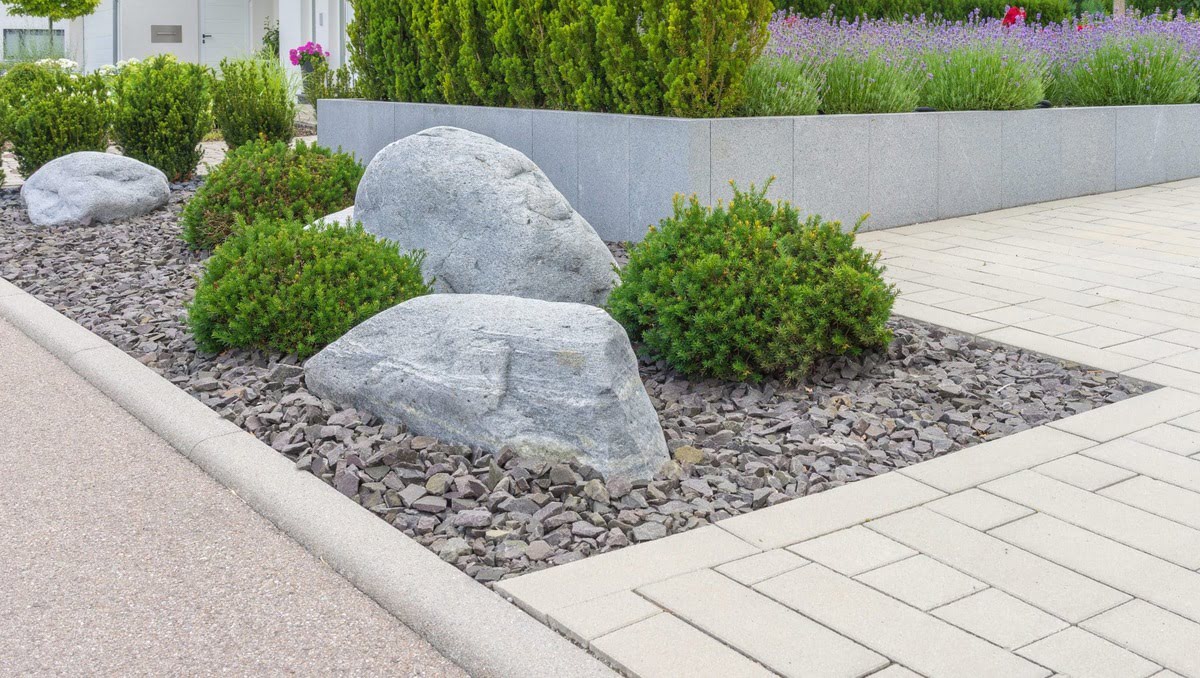

Landscaping Ideas
How To Landscape Yard Without Grass
Modified: February 18, 2024
Discover creative landscaping ideas for a grass-free yard. Explore low-maintenance alternatives and eco-friendly solutions for a beautiful outdoor space.
(Many of the links in this article redirect to a specific reviewed product. Your purchase of these products through affiliate links helps to generate commission for Storables.com, at no extra cost. Learn more)
Introduction
Landscaping a yard without grass offers a myriad of creative possibilities to transform outdoor spaces into stunning and functional areas. Whether you're seeking an eco-friendly alternative to traditional lawns or simply want to infuse your yard with unique charm, the absence of grass opens the door to a world of innovative landscaping ideas. By combining a thoughtful selection of plants, hardscape features, and design elements, you can craft a captivating outdoor oasis that reflects your personal style and enhances the overall appeal of your property.
In this comprehensive guide, we will explore various strategies and techniques for landscaping a yard without grass. From choosing the right plants to incorporating hardscape elements and creating functional outdoor living spaces, we'll delve into the key components that contribute to a successful grass-free landscape. Whether you have a small urban yard or a sprawling suburban property, these ideas can be tailored to suit your specific needs and preferences, allowing you to unleash your creativity and reimagine your outdoor space in a truly unique way.
By embracing the concept of landscaping without grass, you can reduce water consumption, minimize maintenance requirements, and cultivate a more sustainable and environmentally conscious outdoor environment. Additionally, the absence of traditional turf grass opens up opportunities to introduce a diverse array of plants, textures, and design elements that can add depth, visual interest, and character to your yard. Whether you're aiming to create a serene retreat, a vibrant garden, or an inviting entertainment area, the absence of grass provides a blank canvas upon which to paint a landscape that is both beautiful and functional.
As we embark on this exploration of grass-free landscaping, we invite you to envision the untapped potential of your outdoor space and consider the myriad of possibilities that await. With the right approach and a touch of creativity, you can transform your yard into a captivating and inviting sanctuary that reflects your individuality and enhances the natural beauty of your surroundings. So, let's embark on this journey together and unlock the secrets to landscaping a yard without grass.
Key Takeaways:
- Embrace a grass-free yard to create a vibrant, low-maintenance oasis with diverse plants, hardscape features, and water elements, enhancing the beauty and sustainability of your outdoor space.
- Design a functional outdoor living space with defined zones, appropriate furnishings, shade, and lighting to maximize the enjoyment and versatility of your grass-free yard.
Read more: How To Clear A Yard For Landscaping
Choose the Right Plants
Selecting the right plants is a pivotal aspect of landscaping a yard without grass. By carefully choosing a diverse array of flora, you can create visual interest, texture, and color that will elevate the overall appeal of your outdoor space. When opting for grass-free landscaping, it's essential to consider plants that are well-suited to your local climate, soil conditions, and sunlight exposure. Native plants are often an excellent choice, as they are naturally adapted to the local environment and require minimal maintenance once established.
Incorporating a mix of flowering plants, shrubs, groundcovers, and ornamental grasses can add depth and dimension to your landscape. Flowering perennials such as lavender, coneflowers, and black-eyed Susans not only provide bursts of vibrant color but also attract pollinators, contributing to a thriving ecosystem. Additionally, ornamental grasses like fountain grass and blue fescue can introduce graceful movement and texture to the landscape, serving as striking focal points or border plantings.
When selecting plants for a grass-free yard, it's important to consider their water requirements. Drought-tolerant species such as succulents, yuccas, and ornamental grasses are excellent choices for conserving water and reducing maintenance needs. These resilient plants not only thrive in arid conditions but also contribute to a sustainable and eco-friendly landscape.
Furthermore, incorporating a variety of foliage textures and heights can create visual interest and structure within the landscape. Tall, architectural plants like ornamental grasses or vertical accents such as cypress trees can add vertical elements and create a sense of scale. Meanwhile, low-growing groundcovers like creeping thyme or sedum can serve as living mulch, suppressing weeds and providing a lush carpet of greenery.
By thoughtfully selecting a diverse range of plants that complement each other in color, texture, and form, you can craft a cohesive and visually appealing landscape that thrives without traditional grass. Whether you opt for a vibrant cottage garden, a serene Japanese-inspired oasis, or a modern xeriscape design, the right plants will play a pivotal role in shaping the character and ambiance of your grass-free yard.
Create Hardscape Features
In the absence of traditional grass, hardscape features take center stage in defining the structure and functionality of a grass-free landscape. From pathways and patios to decorative elements and outdoor structures, hardscaping offers a wealth of opportunities to infuse your yard with style, practicality, and visual appeal.
Pathways and Patios
Integrating pathways and patios into your grass-free yard not only enhances accessibility but also creates defined spaces for relaxation, entertainment, and leisure. Whether crafted from natural stone, pavers, or gravel, pathways can meander through the landscape, guiding visitors through curated garden beds and focal points. Patios, on the other hand, serve as versatile outdoor living areas, providing space for dining, lounging, and social gatherings. By strategically placing these hardscape elements, you can establish flow and connectivity within your yard while maximizing its functional potential.
Decorative Elements
Incorporating decorative hardscape elements such as retaining walls, decorative boulders, and garden edging can add visual interest and structure to the landscape. Retaining walls not only help define terraced planting areas but also offer opportunities for vertical gardening and the integration of cascading plants. Decorative boulders, strategically placed amidst plantings, can lend a naturalistic and sculptural quality to the landscape, while garden edging delineates garden beds and adds a polished, finished look to the overall design.
Read more: How To Plan Landscaping For Your Yard
Outdoor Structures
From pergolas and arbors to gazebos and trellises, outdoor structures can serve as focal points and functional elements within a grass-free yard. These architectural features not only provide support for climbing plants but also offer shaded retreats and vertical interest. By incorporating outdoor structures, you can introduce height, depth, and architectural character to your landscape, creating inviting spaces for relaxation and enjoying the beauty of your grass-free surroundings.
Water Features
The addition of water features such as fountains, ponds, or waterfalls can introduce soothing sounds and visual tranquility to a grass-free landscape. These elements not only serve as focal points but also attract wildlife and contribute to a serene and inviting ambiance. Whether nestled within a garden bed or positioned as a standalone feature, water elements can elevate the sensory experience of your outdoor space, creating a tranquil retreat within your grass-free oasis.
Incorporating a thoughtful selection of hardscape features can transform a grass-free yard into a captivating and functional outdoor sanctuary. By integrating pathways, patios, decorative elements, outdoor structures, and water features, you can craft a landscape that is both visually stunning and purposeful, reflecting your personal style and enhancing the overall allure of your outdoor space.
Incorporate Mulch and Ground Cover
In a grass-free landscape, the strategic use of mulch and ground cover plays a crucial role in enhancing the visual appeal, promoting soil health, and minimizing maintenance requirements. Mulch, in the form of organic materials like wood chips, bark, or compost, serves as a protective layer over the soil, offering a range of benefits that contribute to the overall well-being of the landscape.
One of the primary advantages of mulch is its ability to conserve soil moisture by reducing evaporation and suppressing weed growth. By retaining moisture, mulch helps create a more favorable environment for plant roots, particularly in regions with hot and dry climates. Additionally, the suppression of weeds minimizes competition for nutrients and water, allowing desirable plants to thrive without the encroachment of invasive species.
Beyond its functional benefits, mulch also adds aesthetic value to the landscape, providing a cohesive backdrop for plantings and hardscape elements. The rich, earthy tones of mulch create a visually appealing contrast with the vibrant colors of plants, while also imparting a sense of natural beauty and texture to the overall design.
Incorporating ground cover plants further enhances the visual and functional aspects of a grass-free yard. Low-growing, spreading plants such as creeping thyme, sedum, or moss can serve as living mulch, forming a dense carpet of foliage that suppresses weeds, retains soil moisture, and prevents erosion. These ground cover plants not only contribute to the overall cohesiveness of the landscape but also offer a dynamic tapestry of textures and colors, adding depth and visual interest to the ground plane.
Moreover, ground cover plants play a vital role in ecological balance by providing habitat and food sources for beneficial insects, pollinators, and small wildlife. Their ability to form dense mats also aids in stabilizing soil, making them an eco-friendly and sustainable choice for grass-free landscapes.
By incorporating mulch and ground cover, you can create a harmonious and low-maintenance ground plane that complements the overall design of your yard. Whether used to delineate garden beds, frame pathways, or accentuate hardscape features, the strategic integration of mulch and ground cover contributes to a thriving and visually captivating grass-free landscape.
Install a Water Feature
Integrating a water feature into a grass-free landscape can elevate the sensory experience of your outdoor space, adding a touch of tranquility and visual allure. Whether you envision a serene pond, a cascading waterfall, or a charming fountain, the addition of water elements introduces a dynamic focal point that enhances the ambiance of your yard.
Water features not only captivate the senses with their soothing sounds but also create a sense of harmony and balance within the landscape. The gentle gurgle of flowing water can provide a calming backdrop, masking urban noise and fostering a peaceful atmosphere. This auditory dimension adds a layer of tranquility to the outdoor environment, creating a serene retreat where one can unwind and reconnect with nature.
In addition to their auditory appeal, water features offer visual interest and dynamic movement, becoming captivating focal points within the landscape. Whether nestled amidst lush foliage or positioned as a standalone element, the play of light and reflections on the water's surface adds a mesmerizing quality to the outdoor space. The interplay of water and light creates ever-changing patterns and visual intrigue, infusing the landscape with a sense of enchantment and natural beauty.
Furthermore, water features have the potential to attract wildlife, such as birds and butterflies, enriching the ecological diversity of your yard. The presence of water can serve as a vital resource for local fauna, providing a source of hydration and a habitat for aquatic life. This ecological dimension adds depth to the landscape, fostering a thriving ecosystem and contributing to the overall sustainability of the grass-free environment.
From a design perspective, water features can be tailored to complement the style and theme of your landscape, whether it's a formal, contemporary, or naturalistic setting. The choice of materials, such as stone, ceramic, or resin, can be selected to harmonize with the overall aesthetic of the yard, while the shape and scale of the water feature can be customized to suit the available space and desired visual impact.
Incorporating a water feature into your grass-free landscape presents an opportunity to create a captivating focal point that engages the senses, enhances the ecological balance, and adds a touch of elegance to your outdoor sanctuary. Whether it's a small, ornamental fountain or a meandering stream, the presence of water can transform your yard into a tranquil and enchanting oasis, inviting you to immerse yourself in the beauty of nature.
Read more: How To Do Front Yard Landscaping
Design a Functional Outdoor Living Space
Creating a functional outdoor living space is a pivotal aspect of landscaping a yard without grass. This area serves as an extension of your indoor living space, providing a versatile and inviting environment for relaxation, entertainment, and social gatherings. By thoughtfully designing and furnishing this outdoor oasis, you can maximize the potential of your grass-free yard and cultivate a seamless transition between the natural beauty of the outdoors and the comfort of your home.
Define Zones and Activities
The first step in designing a functional outdoor living space is to define distinct zones that cater to various activities and purposes. Consider how you envision using the space – whether it's for dining al fresco, lounging with a good book, hosting barbecues, or simply enjoying the tranquility of nature. By delineating specific areas for dining, seating, cooking, and recreation, you can create a well-organized and purposeful layout that accommodates your lifestyle and preferences.
Select Appropriate Furnishings
Choosing the right outdoor furnishings is essential for creating a comfortable and inviting living space. Opt for durable and weather-resistant furniture that can withstand the elements while providing comfort and style. From dining sets and lounge chairs to hammocks and daybeds, the selection of furnishings should align with the intended activities and the overall aesthetic of your landscape. Additionally, incorporating versatile pieces such as modular seating or multifunctional tables can maximize flexibility and adaptability within the outdoor space.
Integrate Shade and Shelter
Incorporating shade and shelter elements is crucial for ensuring comfort and usability in your outdoor living space. Consider options such as pergolas, umbrellas, retractable awnings, or shade sails to provide relief from the sun and create cozy retreats. These features not only enhance the functionality of the space but also contribute to the visual appeal and architectural interest of the landscape. Moreover, the addition of outdoor heating elements, such as fire pits or portable heaters, can extend the usability of the space into cooler evenings and transitional seasons.
Read more: How To Create A Front Yard Landscape Design
Enhance with Lighting and Accents
Thoughtful lighting and decorative accents can elevate the ambiance and visual allure of your outdoor living space. Incorporate a mix of ambient, task, and accent lighting to create a warm and inviting atmosphere for evening gatherings and relaxation. Additionally, consider embellishments such as outdoor rugs, throw pillows, potted plants, and artwork to infuse the space with personality and charm. These details add character and cohesiveness to the outdoor environment, transforming it into a welcoming and stylish extension of your home.
By designing a functional outdoor living space that caters to your lifestyle and preferences, you can unlock the full potential of your grass-free yard. Whether it's a cozy nook for morning coffee, a spacious dining area for entertaining, or a versatile gathering spot for socializing, this outdoor sanctuary becomes a seamless and integral part of your everyday living, enriching your connection with nature and enhancing the overall appeal of your property.
Conclusion
In conclusion, landscaping a yard without grass presents a wealth of opportunities to create a captivating, sustainable, and functional outdoor environment. By embracing a diverse array of plants, hardscape features, water elements, and outdoor living spaces, you can transform your yard into a dynamic and inviting oasis that reflects your individual style and enhances the natural beauty of your surroundings.
The absence of traditional grass opens the door to a myriad of creative possibilities, allowing you to craft a landscape that is not only visually stunning but also eco-friendly and low-maintenance. Through the strategic selection of plants, including native species, flowering perennials, ornamental grasses, and drought-tolerant varieties, you can create a vibrant tapestry of colors, textures, and forms that thrive in harmony with the local climate and soil conditions.
Integrating hardscape features such as pathways, patios, decorative elements, and outdoor structures adds structure, functionality, and architectural interest to the landscape. These elements define spaces, provide visual focal points, and offer opportunities for relaxation and entertainment, enhancing the usability and allure of the grass-free yard.
The incorporation of mulch and ground cover not only promotes soil health and moisture retention but also contributes to the aesthetic cohesion of the landscape. By utilizing these elements strategically, you can create a low-maintenance and visually appealing ground plane that complements the overall design while minimizing weed growth and erosion.
The addition of water features introduces a sensory dimension to the landscape, creating a tranquil and enchanting ambiance that engages the senses and attracts wildlife. Whether it's the soothing sounds of a fountain or the reflective beauty of a pond, water elements add a touch of elegance and natural allure to the grass-free environment.
Designing a functional outdoor living space further enhances the usability and enjoyment of the yard, providing a seamless transition between indoor and outdoor living. By defining zones, selecting appropriate furnishings, integrating shade and shelter, and enhancing with lighting and accents, you can create a versatile and inviting outdoor sanctuary that caters to your lifestyle and preferences.
In essence, landscaping a yard without grass empowers you to reimagine your outdoor space in a way that is both environmentally conscious and aesthetically captivating. By leveraging the principles of thoughtful design, sustainability, and personal expression, you can cultivate a grass-free landscape that not only enhances the beauty of your property but also enriches your connection with nature and provides a welcoming retreat for relaxation, entertainment, and enjoyment.
Frequently Asked Questions about How To Landscape Yard Without Grass
Was this page helpful?
At Storables.com, we guarantee accurate and reliable information. Our content, validated by Expert Board Contributors, is crafted following stringent Editorial Policies. We're committed to providing you with well-researched, expert-backed insights for all your informational needs.
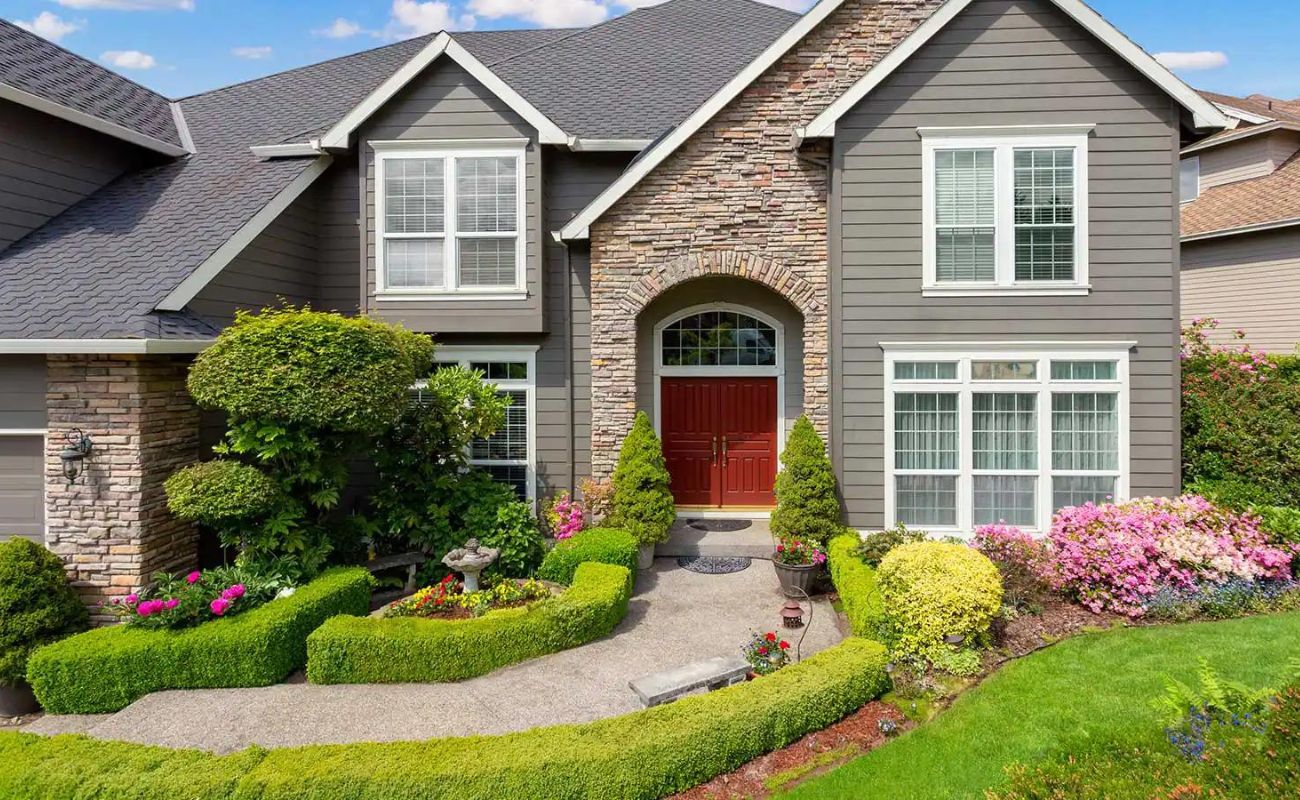
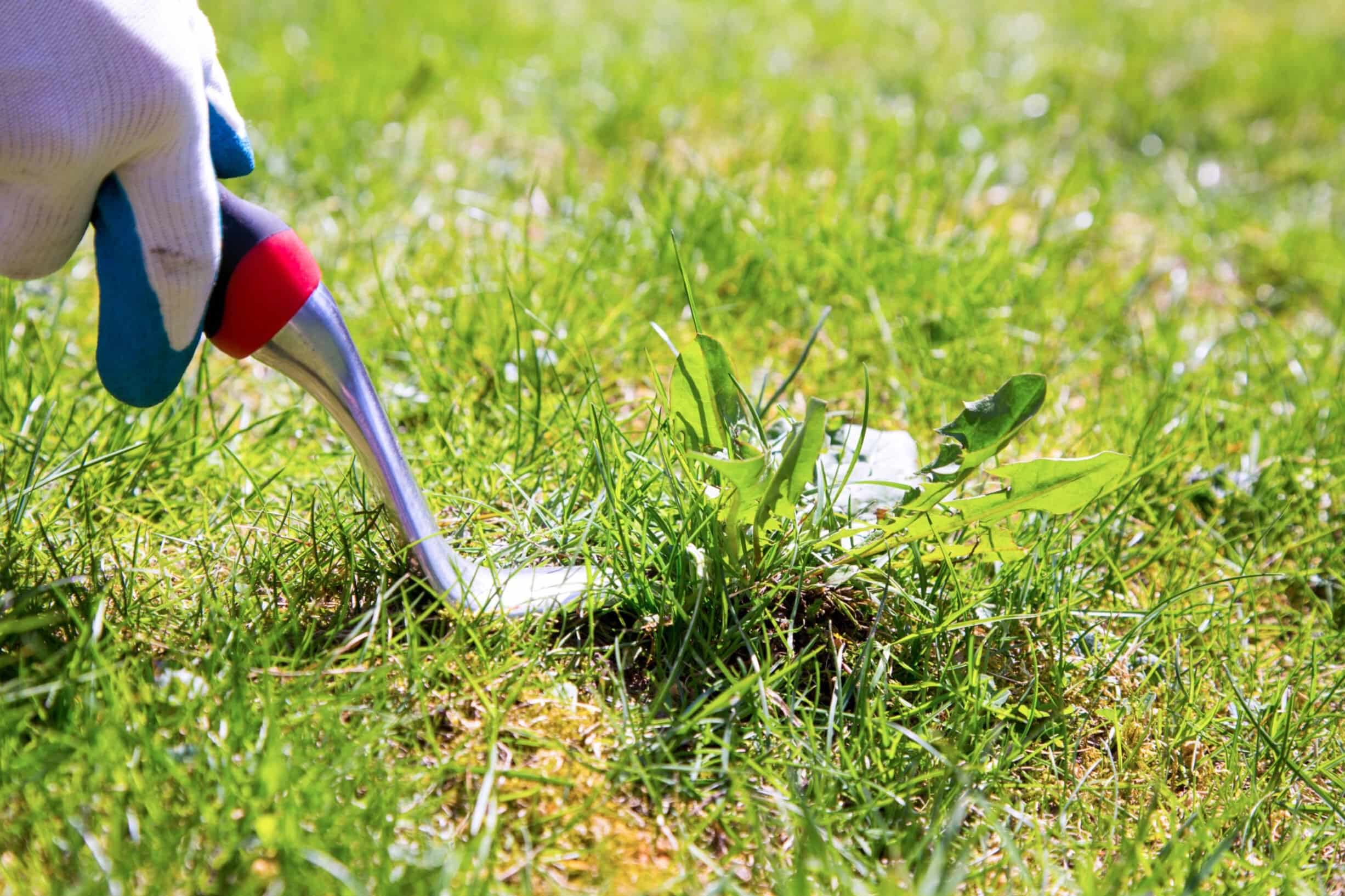
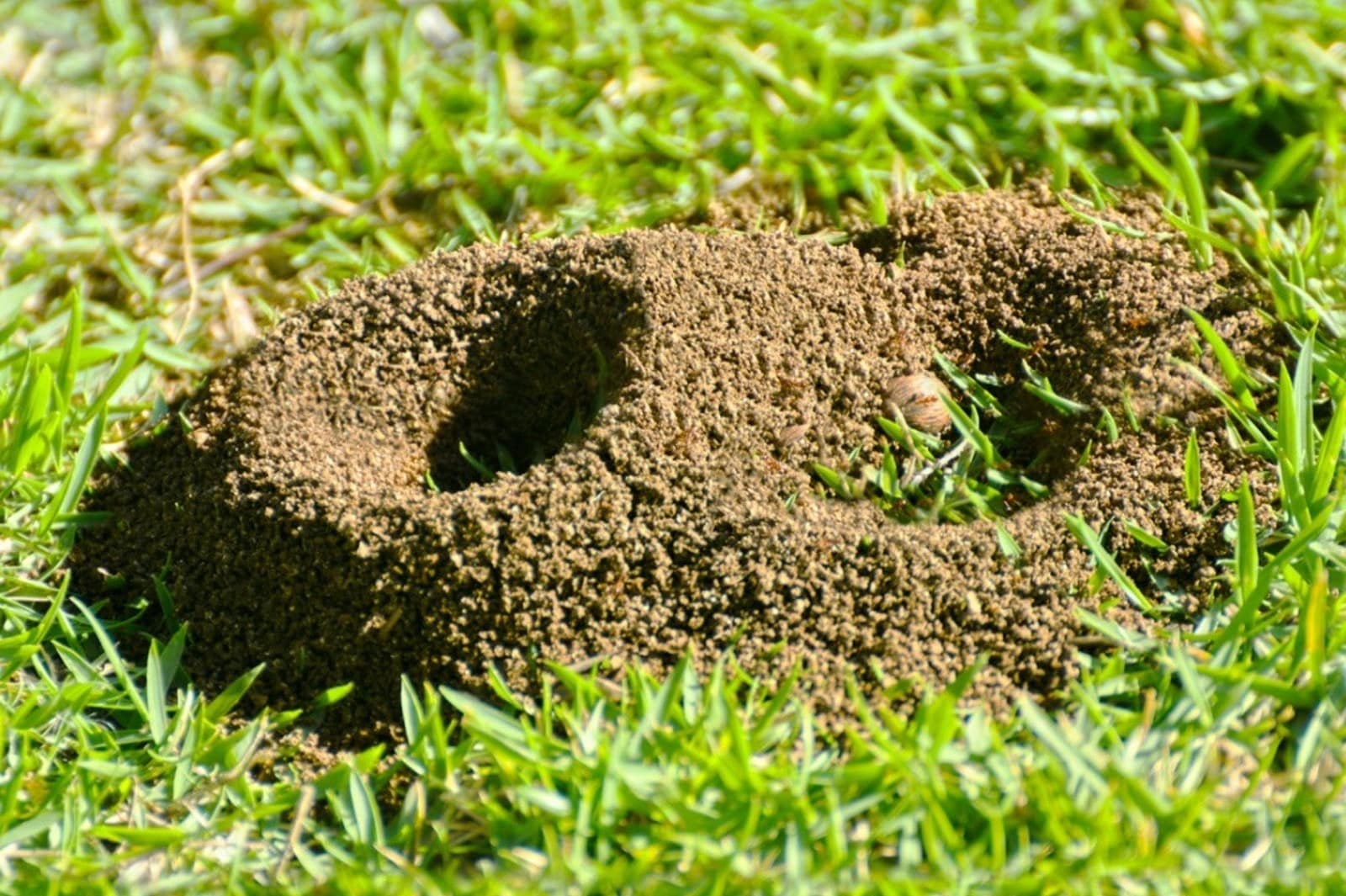
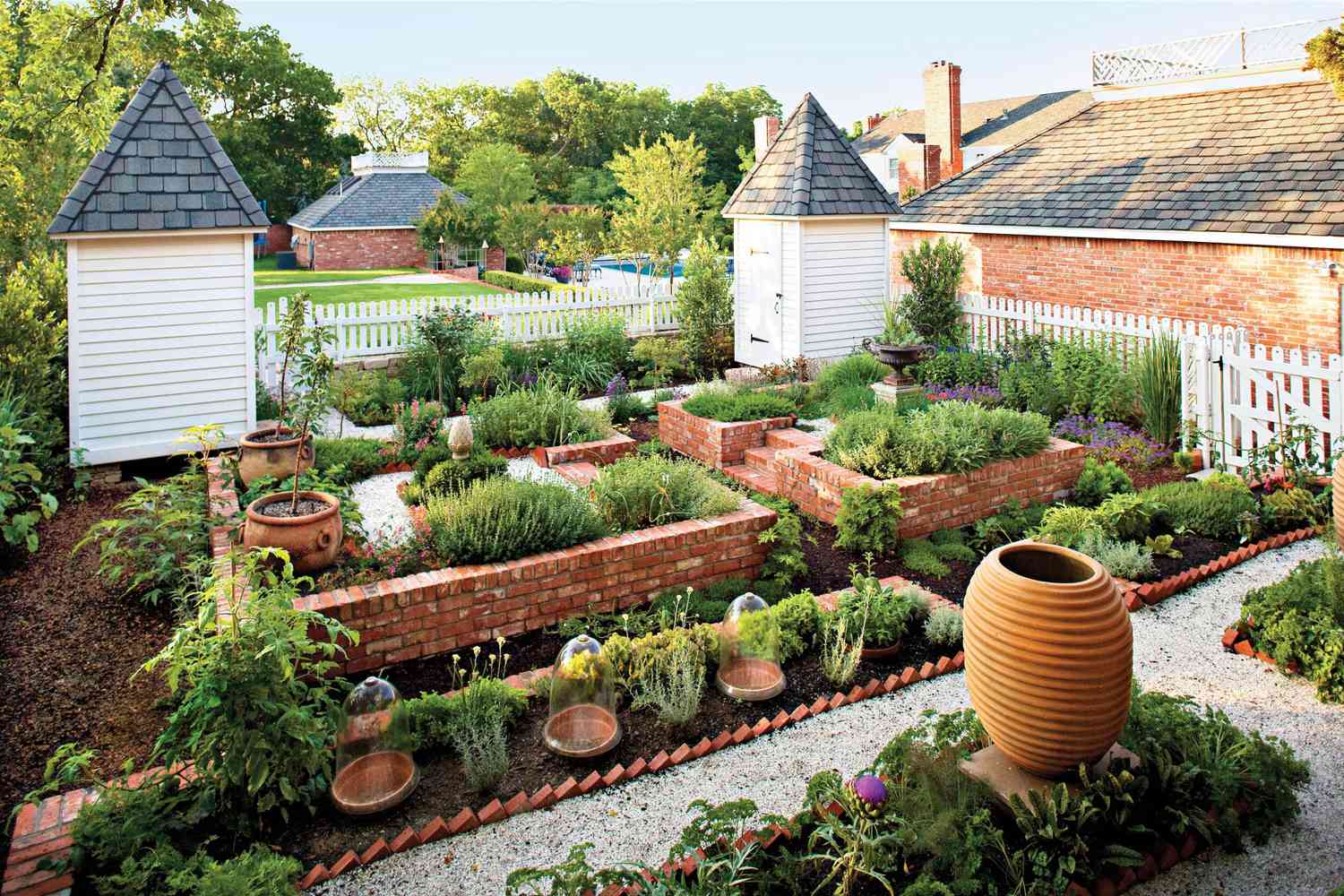
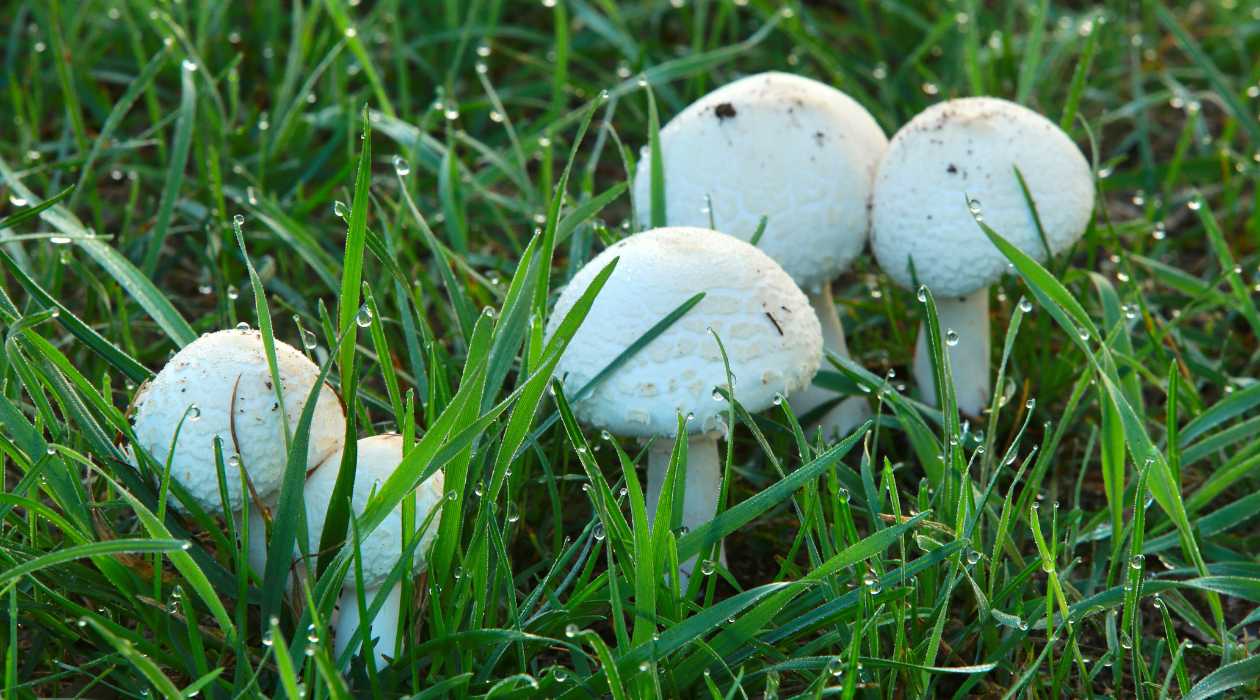
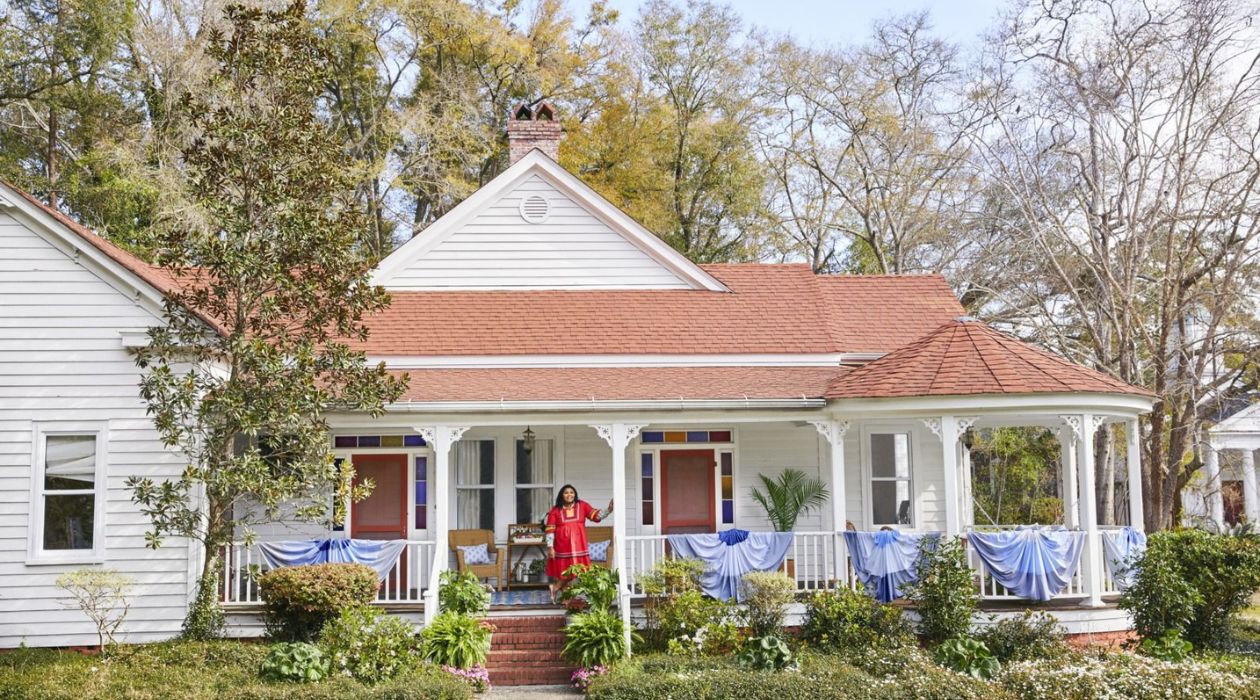
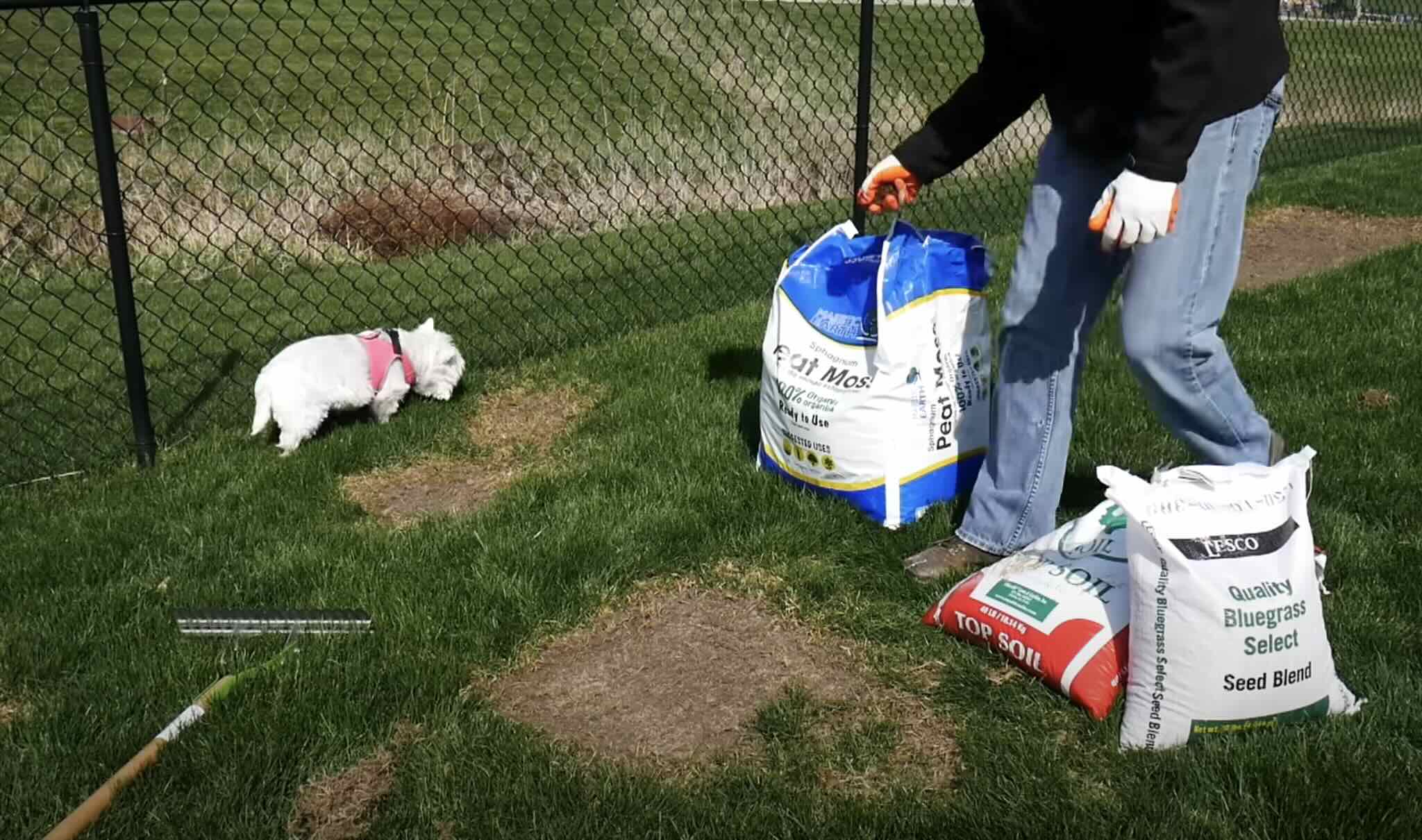
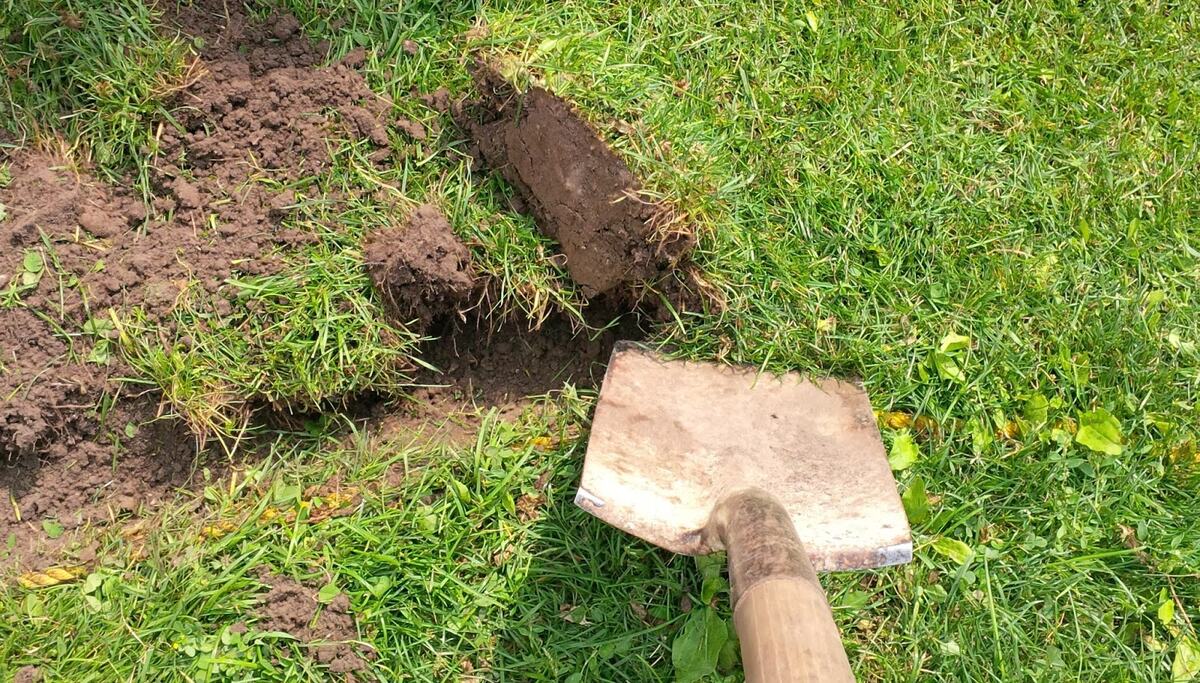
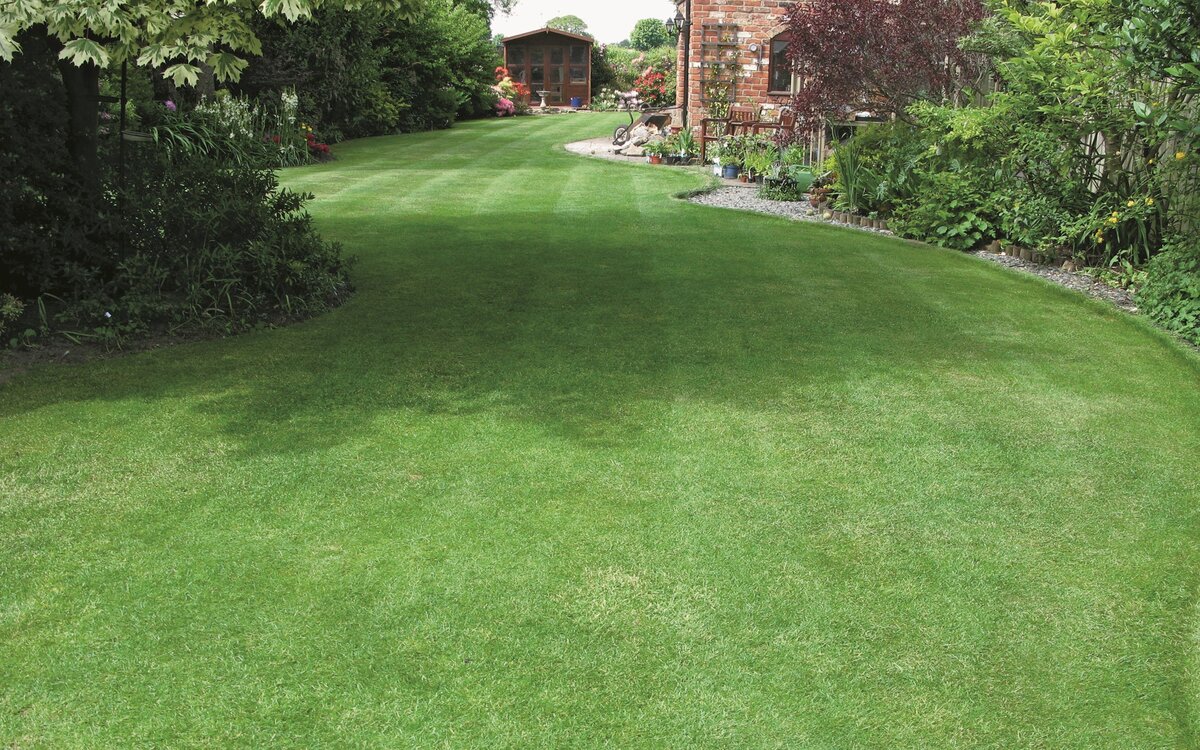
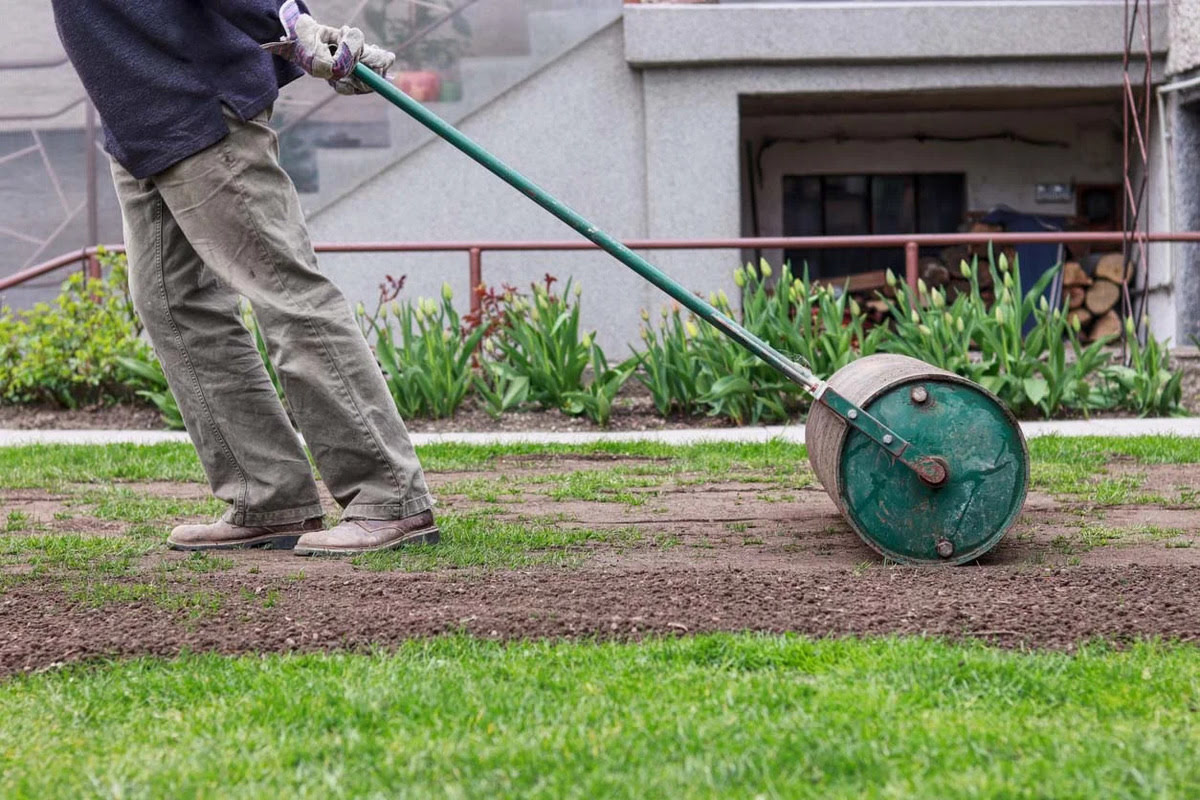
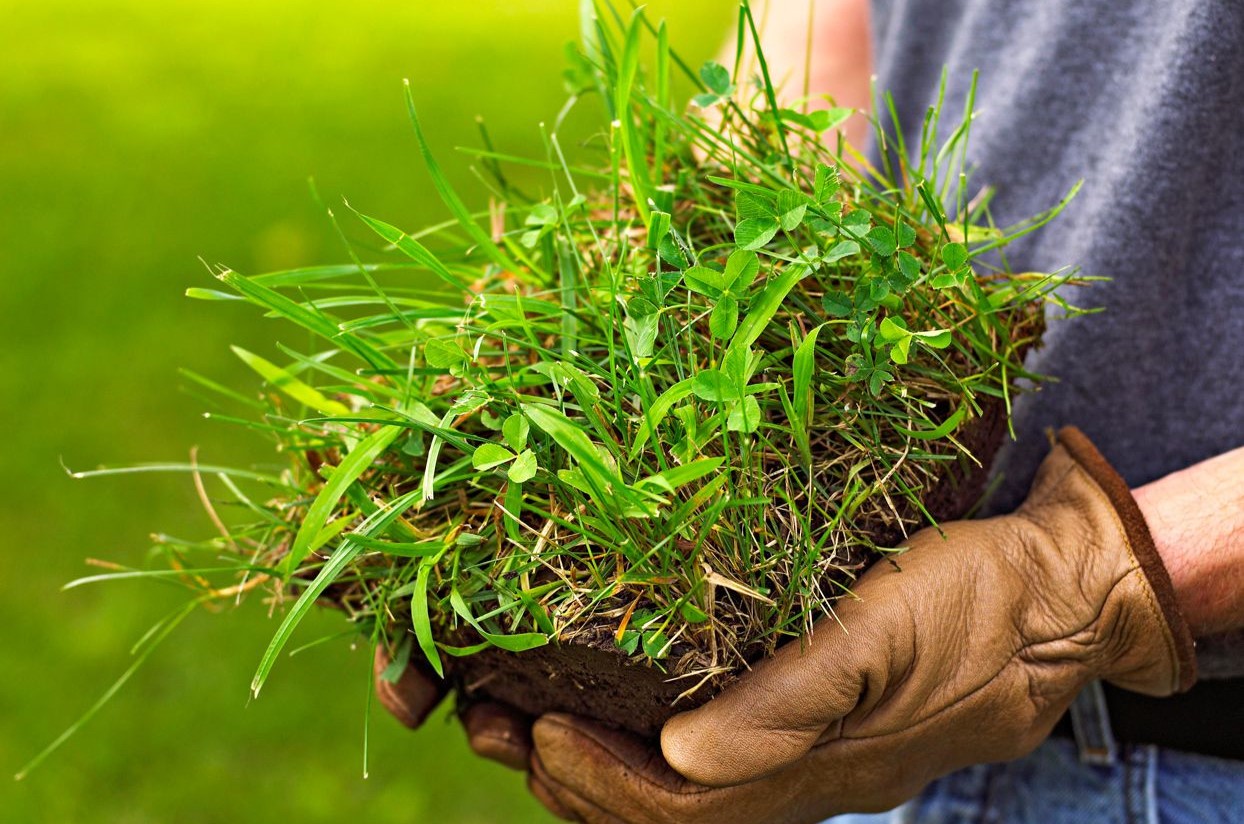
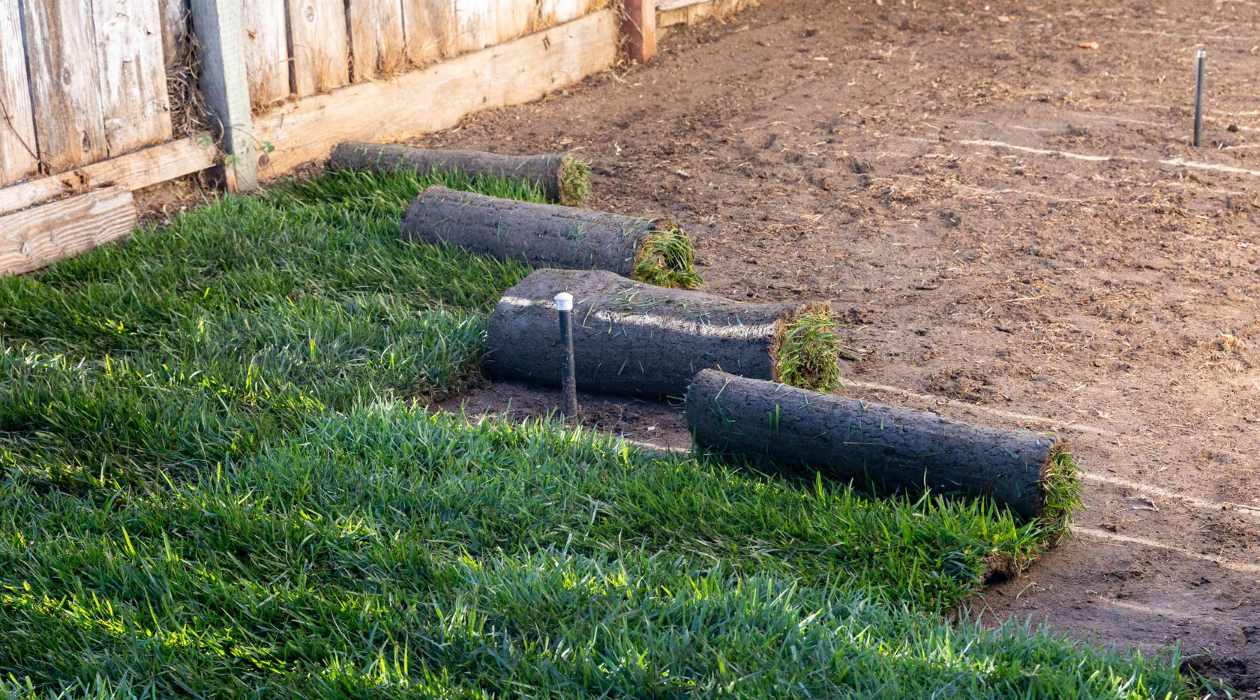

0 thoughts on “How To Landscape Yard Without Grass”